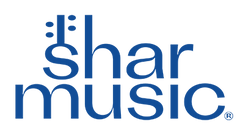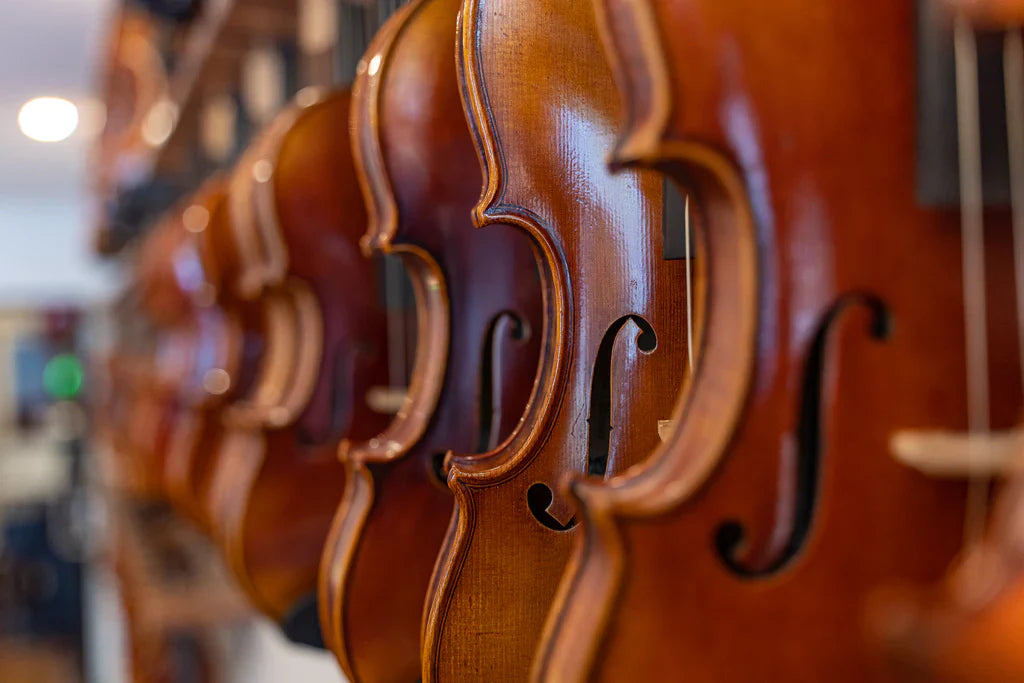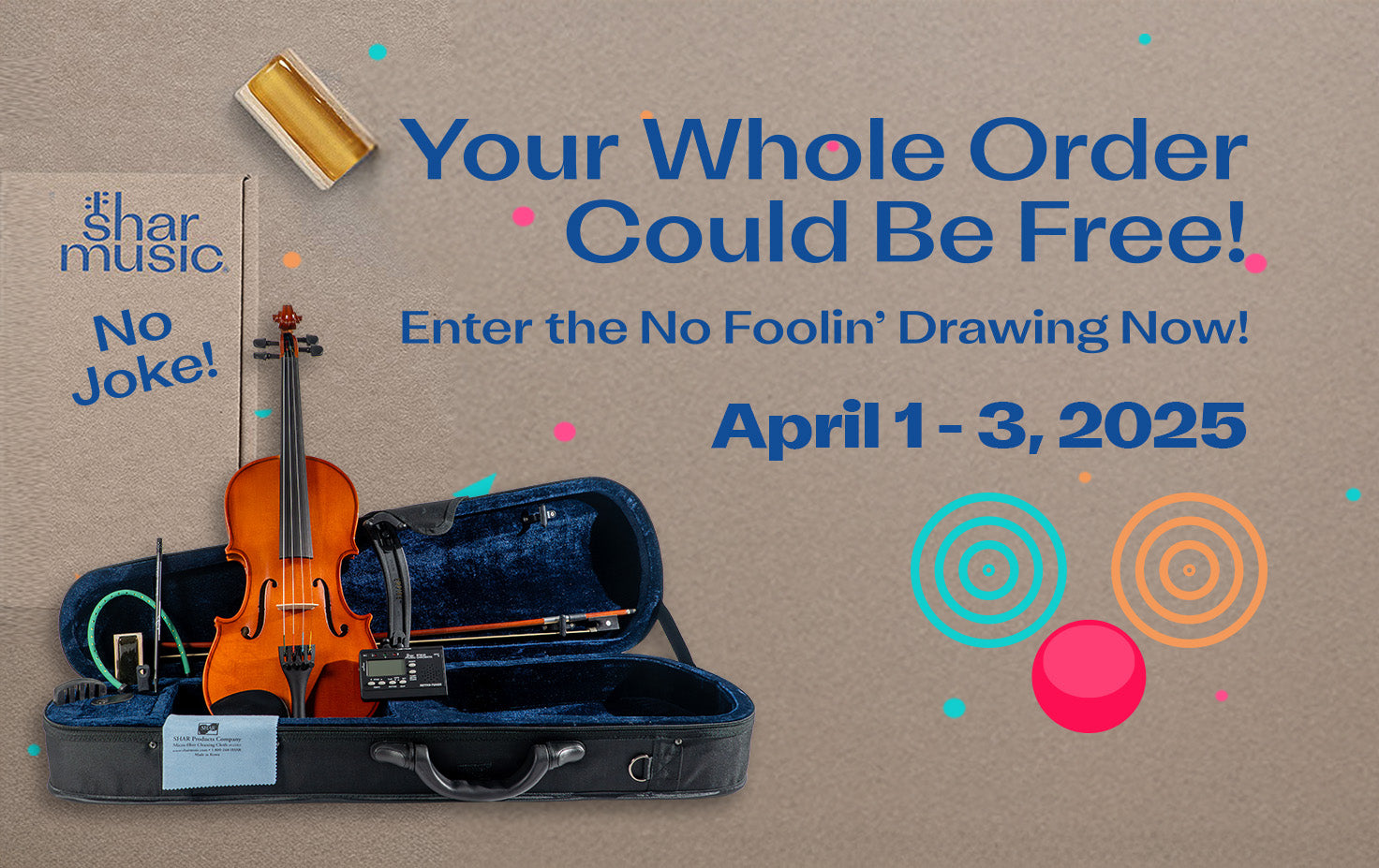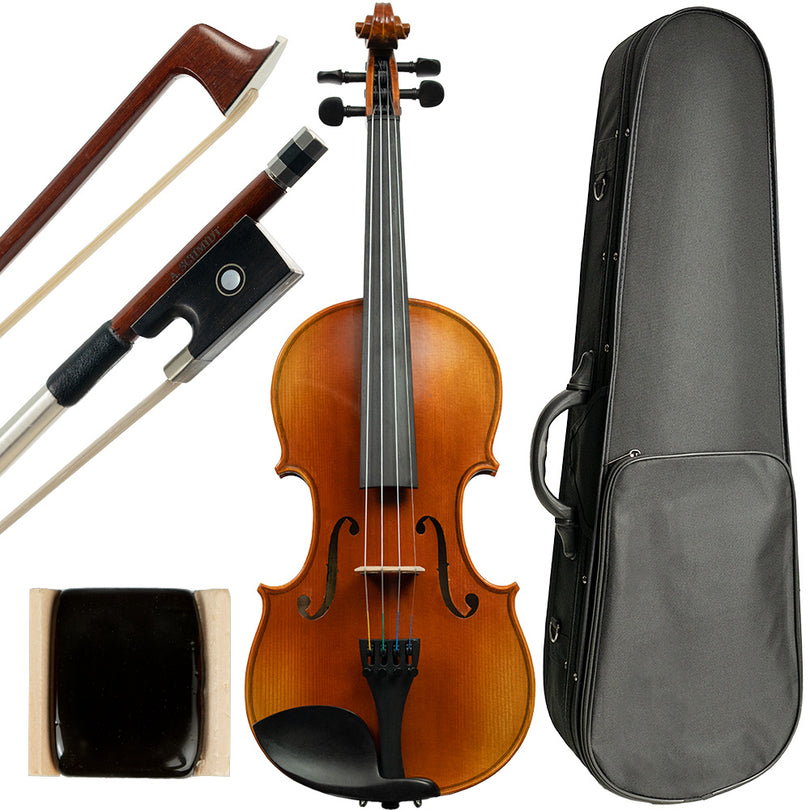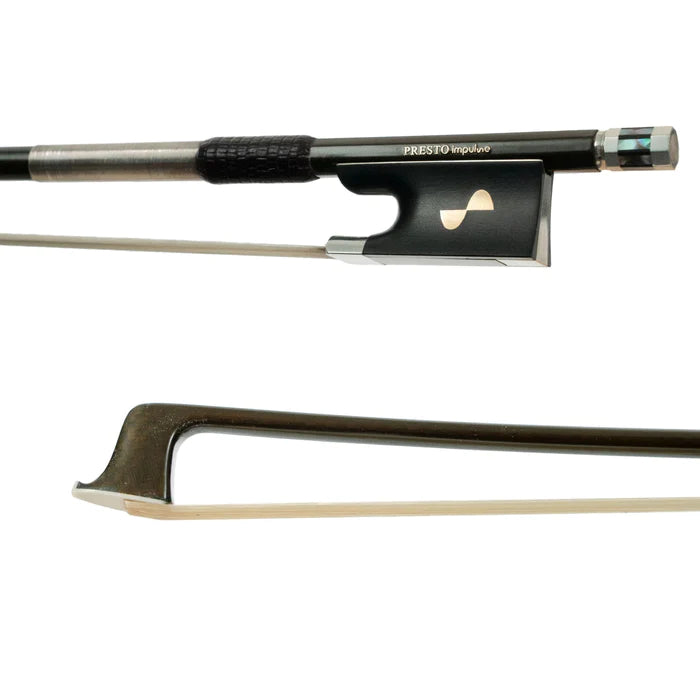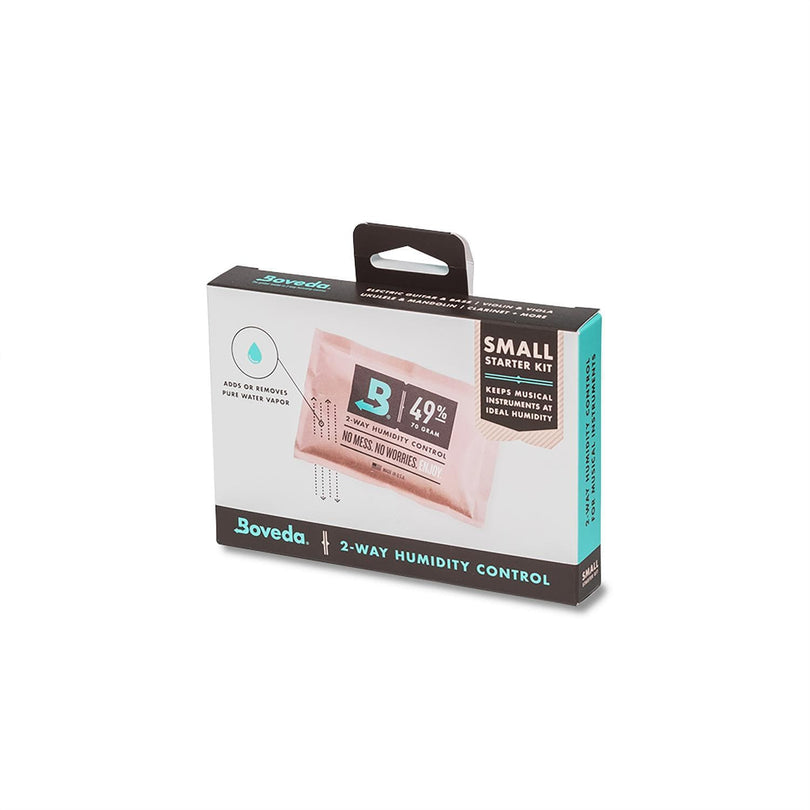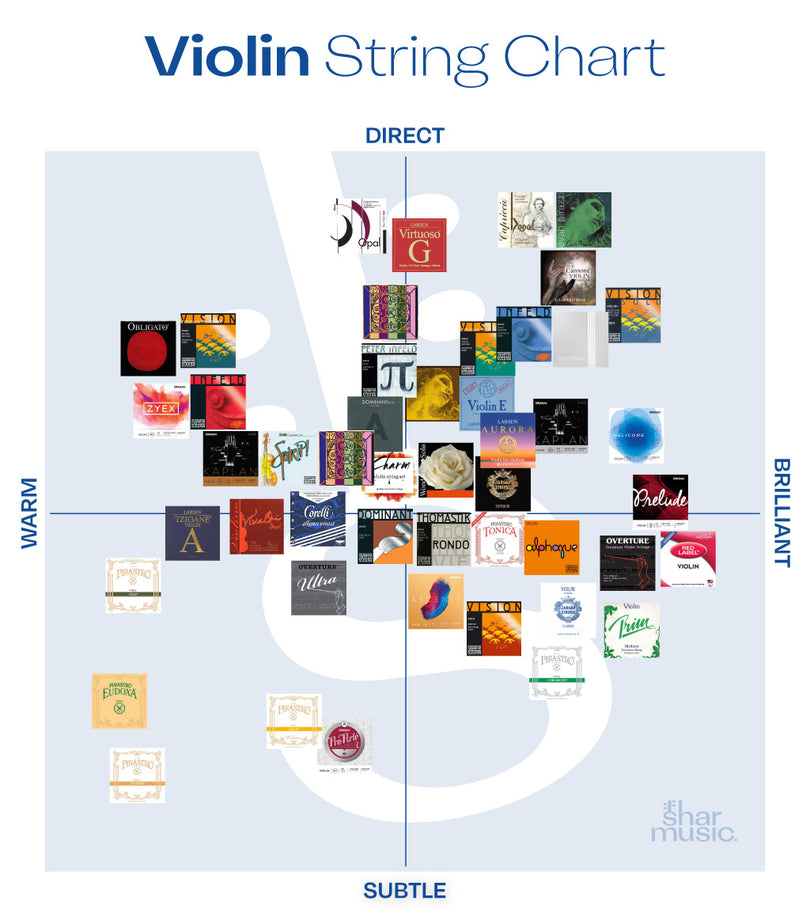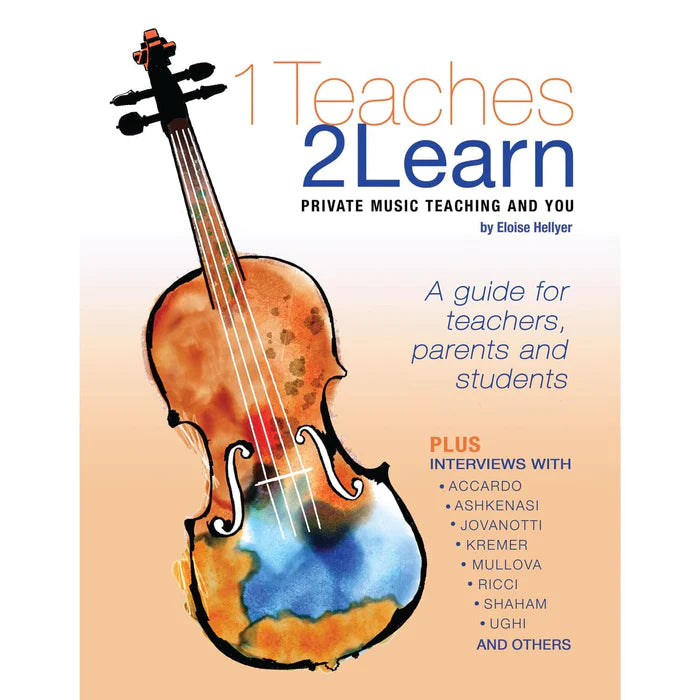From the Back Row to Center Stage: A Brief Bass History in Jazz
While the saxophones wail and the trumpets shout, it’s the bass that keeps the heart of jazz beating steady.
The double bass, originally rooted in European classical music, took on new life when it landed in American jazz clubs. It started as a timekeeper—laying down walking bass lines in swing bands—but it didn’t stay in the background for long. Pioneers like Jimmy Blanton revolutionized the role of the bass in the 1940s, turning it into a melodic, solo-worthy voice in jazz.
And then came Charles Mingus, who played with the fire of a thousand suns, mixing classical technique with gospel, blues, and political passion. Fast forward to Esperanza Spalding, a modern icon whose voice and bass often dance together in perfect harmony.
Whether it's the deep boom of an acoustic or the punchy clarity of an electric upright, the bass is the heartbeat of jazz.
🎷 Deep Roots: The History of Jazz & the Double Bass
To understand the heartbeat of jazz, you’ve got to start at the bottom—literally. The double bass has always lived in that low-end frequency where groove meets gravity. But it wasn’t always the bold, melodic, expressive voice we know today.
🎺 Jazz Is Born – and So Is the Rhythm Section
Jazz as we know it emerged in the early 20th century in New Orleans, a cultural melting pot of African, Caribbean, French, and American influences. From the street parades to smoky nightclubs, early jazz was all about energy, swing, and expression. The tuba originally held down the low-end in marching bands, but as jazz moved indoors and became more intimate, the double bass gradually took its place.
By the 1920s and ’30s, the bass became a staple of the jazz rhythm section, locking in with the drums to provide the foundation that would let soloists soar. Bassists like Wellman Braud (with Duke Ellington’s band) brought early visibility to the instrument, using slapping techniques and rhythmic drive that foreshadowed the bass's future voice.
🎵 The Walking Bass Line Revolution
The 1930s and ’40s saw the explosion of swing, and with it, the rise of the walking bass line—a steady stream of quarter notes outlining the chords and pushing the band forward with a sense of swing. This is when the double bass truly came into its own.
Jimmy Blanton, a young bassist in Duke Ellington’s orchestra, forever changed how people thought about the bass. He didn't just keep time—he played counter-melodies, took solos, and used the full register of the instrument. His recordings from 1939–1941 were so revolutionary that some consider him the first true jazz bassist.
Suddenly, the double bass wasn't just in the background—it had a voice.
🎶 Bebop, Cool, and the Expanding Role of the Bass
As jazz evolved into bebop in the 1940s with pioneers like Charlie Parker and Dizzy Gillespie, the demands on bassists grew. The tempos got faster. The harmonies more complex. The walking bass line became a conversation, not just accompaniment.
Enter Oscar Pettiford and Ray Brown—bassists who could swing at lightning speed and take soulful, articulate solos. Ray Brown’s work with the Oscar Peterson Trio set a new standard for tone, timing, and musicality in small ensemble jazz.
In the 1950s and ’60s, Paul Chambers brought the arco (bowed) bass solo back into the spotlight with Miles Davis and John Coltrane, blending classical technique with raw jazz energy. The double bass was now not just the groove, but part of the melody, harmony, and improvisation.
🧪 Electric Experiments & Fusion
As jazz met rock, funk, and soul in the late '60s and '70s, the electric bass emerged in jazz-fusion bands. Jaco Pastorius, though best known for his electric fretless bass, deeply respected the double bass tradition and brought its lyrical phrasing to electric playing.
Still, many jazz traditionalists stayed loyal to the upright bass—and for good reason. There’s something about the resonance, the warmth, and the tactile connection to the strings that makes the double bass an irreplaceable part of the jazz soundscape.
👩🎤 The New Generation
Today, the double bass continues to evolve in the hands of artists like:
-
Esperanza Spalding – a genre-defying bassist and vocalist known for her artistry and innovation.
-
Linda May Han Oh – blending jazz with contemporary global influences.
-
Christian McBride – carrying forward the swing and soul of Ray Brown with dazzling technique and charisma.
Whether it’s acoustic, electric upright, or a hybrid setup, the bass continues to shape jazz from the ground up—rhythmically, harmonically, and expressively.
🎼 Why It Matters
Learning the double bass in a jazz context isn’t just about hitting the right notes. It’s about listening deeply, feeling the pocket, and learning to support and respond. It’s about taking a backseat one moment and stepping up for a solo the next. It’s a powerful way to teach students—and remind ourselves—that great music starts with great foundations.
Choosing Your Jazz Voice: Acoustic or Electric?
If you're diving into jazz bass—or guiding a student who is—there are two main routes:
🎙️ The Classic Double Bass
Perfect for traditional jazz, bebop, and acoustic trios.
-
Warm, earthy tone
-
Great for walking lines and pizzicato solos
-
Try something like the Franz Hoffmann Amadeus Bass Outfit—a great entry point for advancing students and school jazz programs.
⚡ The Electric Upright Bass
Ideal for modern jazz, fusion, or amplified performances.
-
Easier to transport
-
Feedback-resistant
-
Retains the upright feel while offering tonal flexibility
- Try something like the NS Design WAV5 Series Double Bass - a great option for advancing students.
Pro tip: If your school jazz ensemble needs reliable portability and plug-and-play ease, electric upright might be your new best friend.
The Right Strings = The Right Groove
Jazz bassists are all about feel—and your strings are half that equation.
Look for:
-
Thomastik Spirocore: Super responsive with a focused, clear tone
-
Pirastro Evah Pirazzi Slap: Great for hybrid styles like swing and rockabilly
-
D’Addario Helicore Jazz: Designed specifically with jazz pizzicato in mind
String choice affects everything from attack to sustain, so it’s worth the upgrade when your sound depends on it.
Don’t Forget the Accessories
Great jazz bassists rely on more than just skill. Here’s what we always recommend:
-
Bow Rosin: Even jazz players need it for arco solos or tone variation.
-
French vs. German bows: Jazz players often have a preference—French for agility, German for power. Try both if you can!
Swingin’ Sheet Music Picks
Ready to dig in? Shar Music has a treasure trove of jazz bass sheet music, from beginner etudes to full-blown solo transcriptions.
🎶 Top Picks:
-
Shar Music Selections – Top choices from our staff
-
Jazz ensemble arrangements – Perfect for school groups and workshops
-
Solo transcriptions – From Mingus to Marcus Miller, see how the masters do it
Whether you're backing a trio or stepping into the solo spotlight, there’s music here for your next jam.
Final Note: Jazz Is About Connection
Jazz isn't just a genre—it's a conversation. Between instruments. Between eras. Between teacher and student. And maybe most importantly, between your heart and your hands.
So this April, whether you're gigging downtown or practicing in your bedroom, take a moment to appreciate the deep, grounding groove of the bass. Celebrate the players who made it sing—and maybe become one yourself.
From all of us at Shar Music: Keep grooving. Keep learning. And keep jazz alive.
